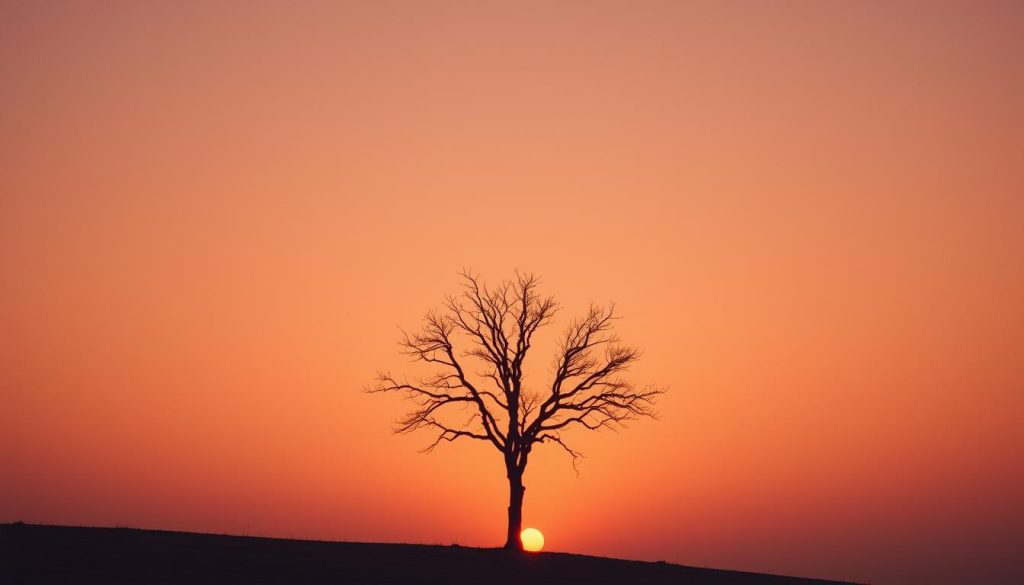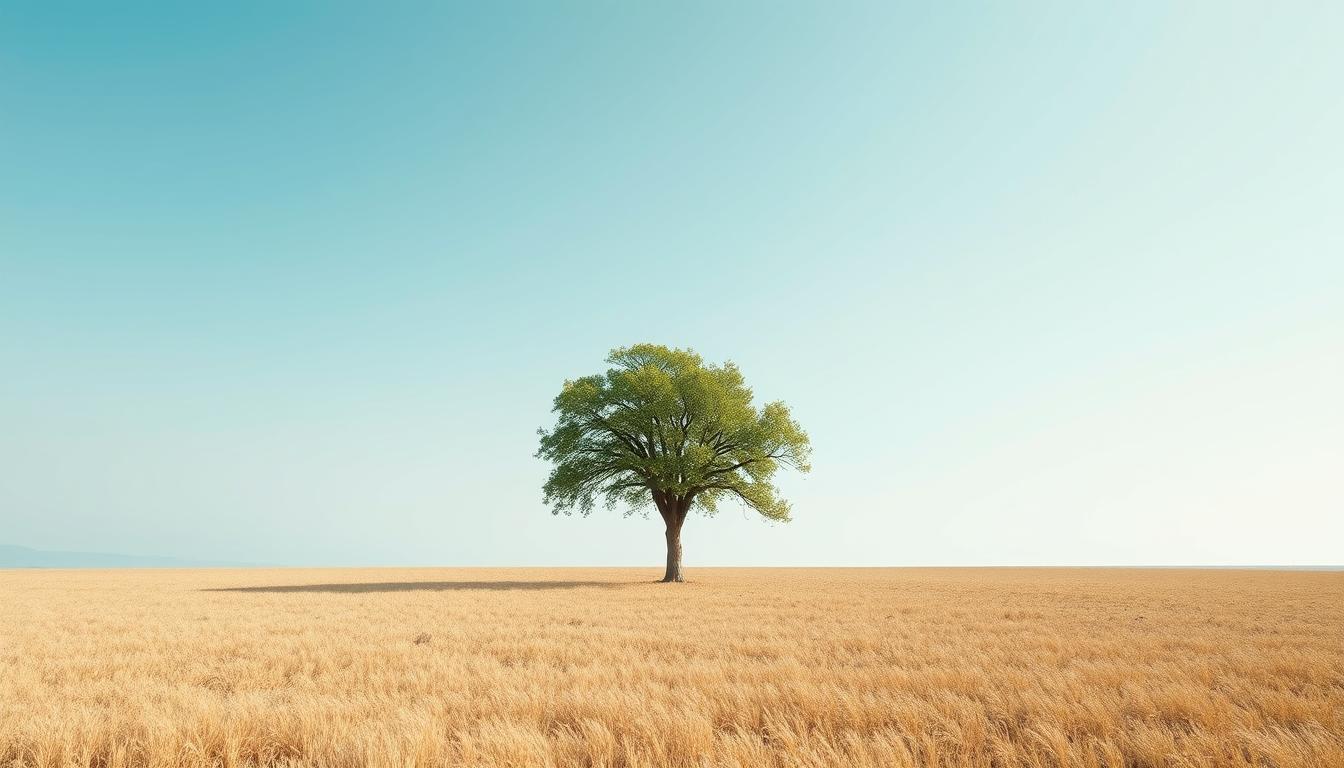I’m excited to share my knowledge on minimalist photography. This guide will teach you about minimalist composition and using negative space. You’ll also learn how to make powerful minimalist images. These tips are for both new and experienced photographers.
Minimalist photography celebrates the beauty of simplicity. It’s about focusing on what’s important and removing distractions. This way, you create images that grab the viewer’s eye. Let’s explore more about this art, including negative space, compositions, and techniques.
Minimalist Photography: Embracing the Beauty of Simplicity
Minimalist photography is all about simplicity. It removes non-essential elements to create a clean image. This genre focuses on the interaction between positive and negative space, making the subject stand out.
By understanding minimalist photography and negative space, you can make images that feel serene and elegant.
What is Minimalist Photography?
At its core, minimalist photography is simple. It finds beauty in the essentials, where the subject is more important than details. Photographers use negative space to balance and focus, guiding the viewer’s eye to the subject.
The Power of Negative Space
Negative space is key in minimalist photography. It leaves large areas empty, creating calm and letting the subject shine. Negative space can:
- Highlight the image’s key elements
- Evoke calm and tranquility
- Guide the viewer’s eye to important parts
- Add elegance and sophistication
Learning to use negative space effectively is vital for minimalist photographers. Balancing positive and negative elements creates stunning, impactful images that show simplicity’s beauty.
Developing an Eye for Minimalist Compositions

Mastering minimalist photography starts with an eye for simple, striking compositions. The art is in simplifying scenes, focusing on key elements. It uses symmetry, asymmetry, and balance to make images stand out.
To master minimalist photography, remove all clutter and distractions. Look for the most important parts of a scene. Then, arrange them to share your message in a simple yet powerful way. This might mean using empty space, guiding lines, or contrasting shapes and textures.
Symmetry and asymmetry are key in minimalist photography. Symmetry brings calm and balance. Asymmetry adds tension and interest. Try both to find what fits your photo’s mood and message.
The heart of minimalist photography is finding the essence of a scene. By improving your composition skills, you’ll capture beauty in simplicity. Your photos will make a strong impression on viewers.
- Find the scene’s focal point and remove distractions
- Try different framing and cropping to focus on your subject
- Play with your subject’s placement in the frame, using the rule of thirds
- Use negative space to add balance and focus
- Look for geometric shapes, patterns, and repeating elements to enhance the minimalist look
By mastering these techniques, you’ll create stunning, minimalist photos. These photos will show the beauty of simplicity.
Minimalist Photography Techniques to Master

I love exploring new ways to improve my minimalist photography. Leading lines and geometric shapes are key tools for me. They help guide the viewer’s eye and add depth and balance to my photos.
Using Leading Lines and Geometry
Leading lines draw the viewer’s eye through the photo, creating depth and movement. I use things like stairways and bridges to make these lines. Geometric shapes like triangles and squares add structure and symmetry.
I once took a photo of a modern staircase. The clean lines and angles created a beautiful rhythm. The leading lines and shapes brought balance and harmony to the image.
Playing with Textures and Patterns
I also play with textures and patterns in my photos. I focus on light and shadow to show off materials like wood and metal. Patterns like brickwork add a visual rhythm.
I recently shot a weathered wooden fence. The light and shadow made the wood look amazing. This photo invites viewers to slow down and enjoy the simplicity of the subject.
| Technique | Description | Examples |
|---|---|---|
| Leading Lines | Using architectural elements to guide the viewer’s eye through the frame | Stairways, bridges, railings |
| Geometric Shapes | Incorporating triangles, squares, and circles to add structure and symmetry | Modern architecture, abstract compositions |
| Textures and Patterns | Highlighting the interplay of light and shadow on natural and man-made surfaces | Weathered wood, tiled floors, brickwork |
Minimalist Photography: Capturing the Essence
Minimalist photography is about finding beauty in the simple things. In this final section, I’ll share tips on finding inspiration in everyday objects and scenes. By seeing the world through a minimalist lens, you’ll find beauty in simplicity all around us.
Finding Inspiration in Everyday Life
Minimalist photography is about finding beauty in the simple. It’s about seeing the extraordinary in everyday things. Look at your surroundings with new eyes, and you’ll find many subjects to capture.
Look for geometric shapes, patterns, and textures in everyday objects. Try different angles and lighting to show their beauty. This way, you’ll see the world in a new light and find beauty in the ordinary.

